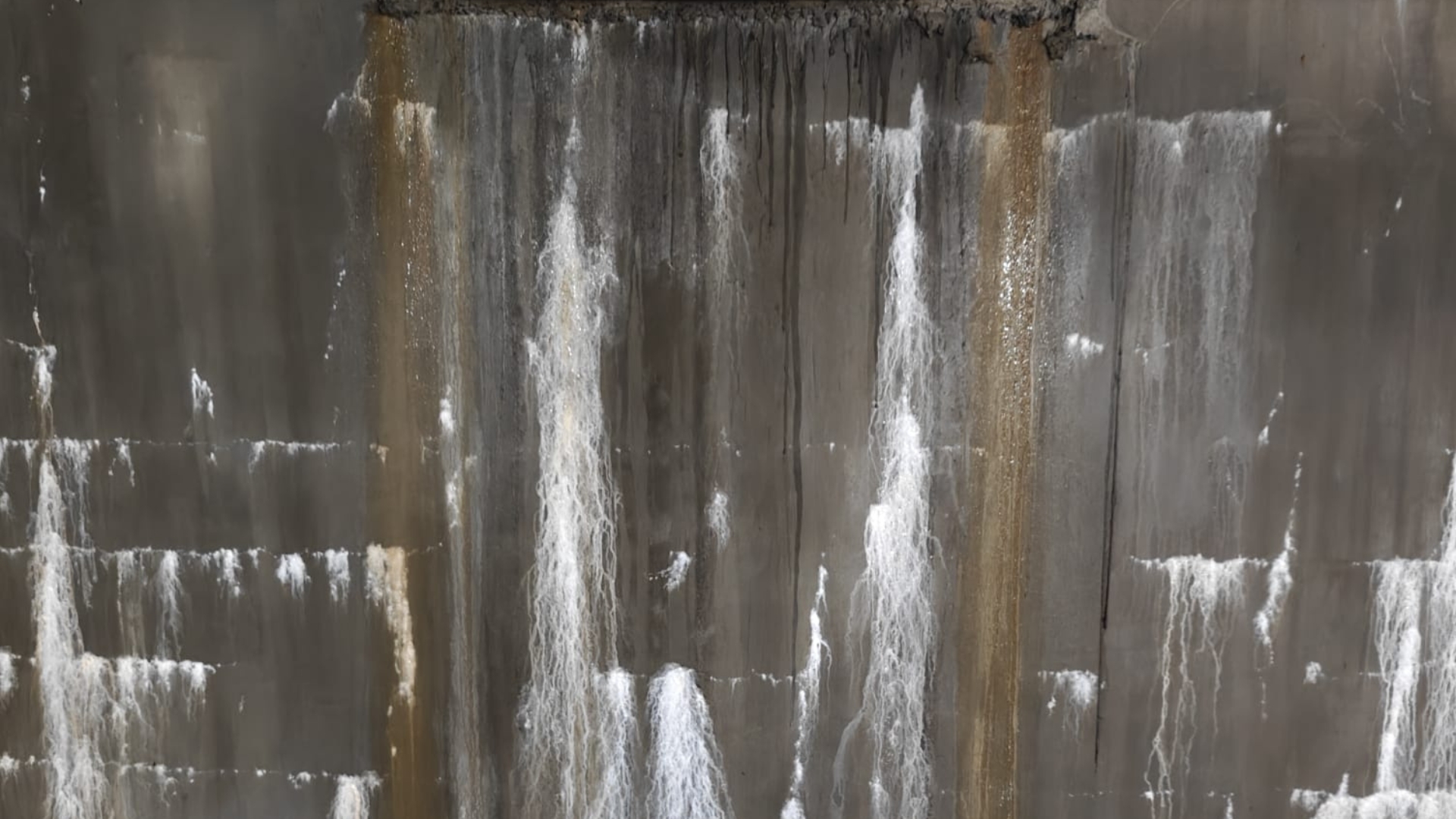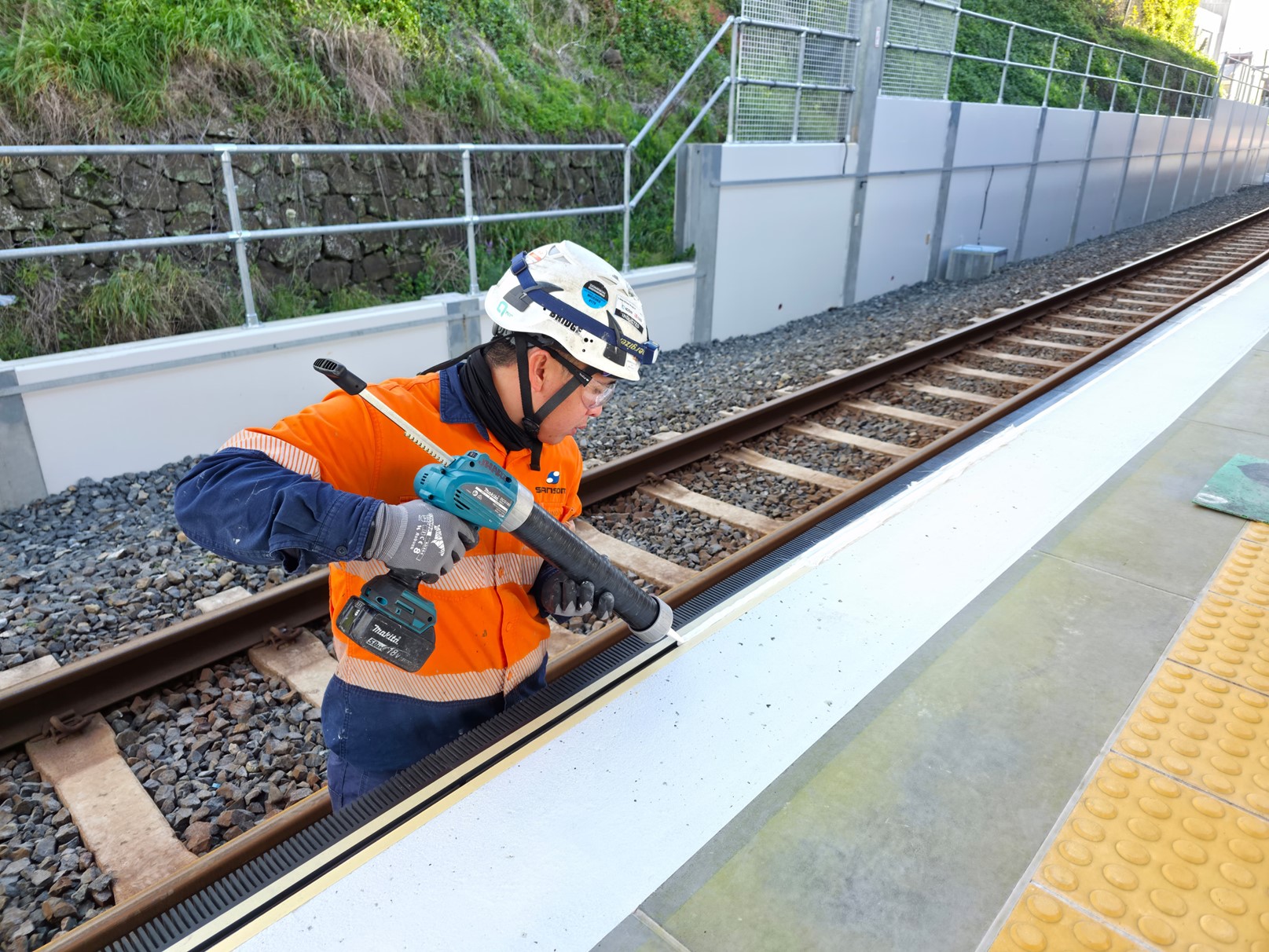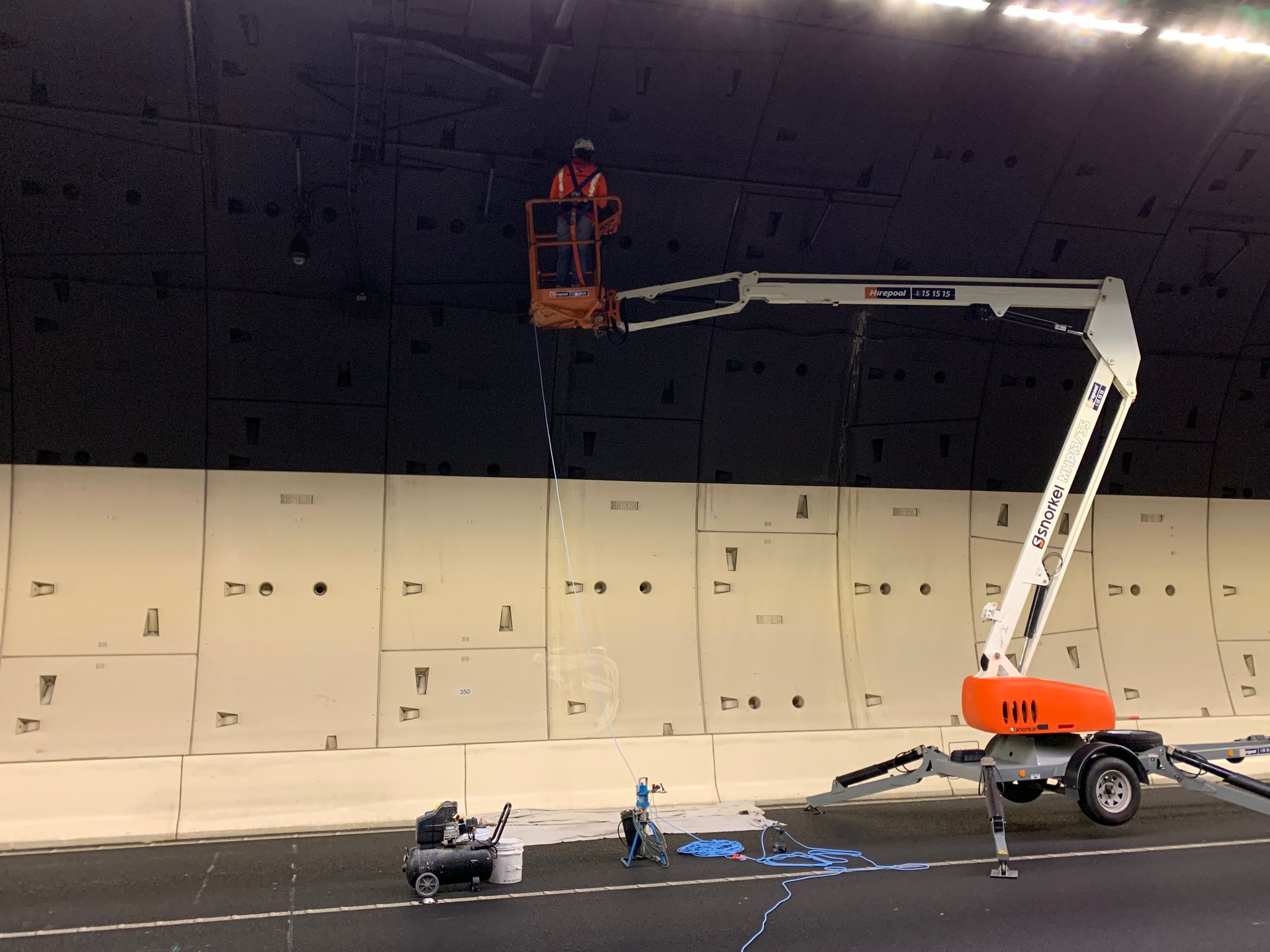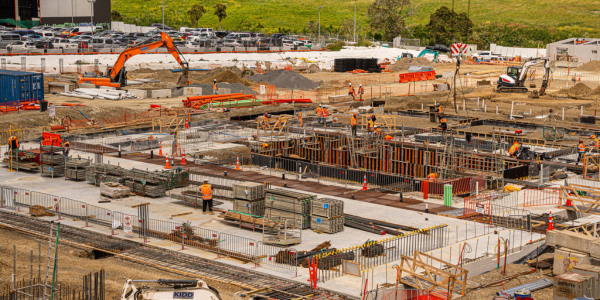By Stuart Tansey, PS1 Author – Below Ground Waterproofing
WDS (Waterproofing Design Specialist) CSSW (Certified Surveyor in Structural Waterproofing)
In a time of intensifying climate change and evolving environmental challenges, New Zealand’s below-ground waterproofing standards remain frozen in time.
Many structures in NZ, existing and new have some form of retaining walls or basements, yet there are no current official standards to guide the design process of below ground waterproofing (BGW).
The first standard referenced in this country for protection of buildings against water from the ground was CP102, written in 1973.
To put it in perspective – the Vietnam war ended the same year.
While the rest of the world has moved on – with the UK updating their standards three times since then – New Zealand hasn’t budged.
This isn’t just an issue of outdated paperwork. As climate change intensifies our weather patterns and recent floods highlight our vulnerability, the need for robust, modern waterproofing standards has never been more critical. We’re facing 21st-century challenges with 20th-century solutions, and the cracks are beginning to show.
NZ vs. UK Building Codes
The CP102 1973 standard was the first draft of what would eventually become the British standard (BS8102), and while the British standard has been updated several times (in 1990, 2009, and most recently in 2022) to keep up to date with current and future conditions, practices, materials and innovations, New Zealand’s standards remain missing.
Curiously, the 1990 version of the British standard was once referenced in New Zealand but has been withdrawn, with no replacement having been officially adopted. When the industry was questioned, even the Ministry of Business, Innovation and Employment (MBIE) was unable to provide a clear answer.
Without up-to-date local standards, New Zealand’s designers and the BGW industry have been forced to reference documents from overseas, the most used being the UK’s latest BS8102 2022 standard for guidance on good practice and design, as there simply isn’t a local equivalent.
While current New Zealand building codes (B1, B2, E2, E3,) reference good practices to ensuring buildings are safe, healthy and durable for everyone who may use them. They fail to cover the specific needs and current situations for most proven waterproofing designs. Unfortunately, these codes are often the only benchmark against which new designs are measured.
The lack of a comprehensive, up-to-date standards creates significant challenges for the industry. Designers and specialist contractors are left to rely on the international standards and guidelines without a clear, locally consistent framework to follow.
This is not only inefficient but potentially dangerous, as it may lead to inconsistent practices, misinterpretation and increased risk of waterproofing failures.
The recent floods and increased rainfall have highlighted the urgent need for updated standards. The good news is that both the industry and the government seem keen to push for change. However, the challenge lies in agreeing on a document that will guide the whole industry.
As it stands, the industry is at a crossroads. While some are advocating for the adoption of the Current British Standard 8102 2022 Protection of below ground structures against water ingress, as a draft standard (a move that Australia is also considering), others are pushing for the citation of more limited documents. The key will be finding solutions that addresses the needs of the entire below ground waterproofing industry rather than continuing to favour one particular approach or product type.
Industry Representation
While New Zealand does have a membrane association, Waterproofing Membrane Association Inc (WMAI), it unfortunately falls short of what the below ground waterproofing industry truly needs.
The Waterproofing Membrane Association has a purpose which focuses on developing and promoting best practice guidance for the installation of waterproofing membranes, this however, is only one aspect of waterproofing below ground.
This does not assist designers in assessing the risks of water reaching a structure or in determining the most suitable form of construction and waterproofing systems available in today’s market. Without clear standards that address today’s challenges, it is difficult to ensure that the selected methods alone will provide the necessary protection to maintain the desired internal environments throughout the anticipated design life of a project.
The association is a self-funded group of membrane supplier company representatives, each bringing a wealth of industry experience, who have united to advance the industry in a way that no one else is currently doing. We commend their efforts as this is both voluntary and thankless.
Waterproofing is a specialised trade, which should be designed by a specialist and installed by a specialist. The lack of a unified industry standard has led to limited knowledge and the availability of other waterproofing solutions. It is extremely important that the industry is kept current, and that all waterproofing solutions are available for consideration to ensure that the most robust designs are put forward, selected and implemented.
While the association is continuing to make some positive strides, such as developing codes of practice and engaging with MBIE, their efforts currently, tend to remain Type A focused. Their approach focuses primarily on their products and external applications rather than considering solution focused outcomes.
We believe the industry needs comprehensive guidance on design and application principles without focusing on specific products or installation methods.
To address these limitations, a collaborative effort must be created to establish a more inclusive association. This could involve the current membrane association joining forces with other relevant groups, to provide and encourage, broader scope and emphasis on correct practices and design. The goal should be to establish a single, comprehensive organisation that deals with all aspects of waterproofing below ground structures. This should be funded by MBIE as the documents provided will be for the betterment of below ground waterproofing design in New Zealand.
Outwing vs. Weatherald
History shows that often change is put off until an event forces the issue into the public spotlight.
While here in New Zealand we would like to avoid that happening, the UK’s waterproofing industry serves as a cautionary tale. There, it took a landmark court case – Outwing vs. Thomas Weatherald – to catalyse significant reforms in waterproofing practices, standards and qualifications.
This case proved to be a watershed moment, as it established for the first time that designers could be held accountable for waterproofing failures.
In 1999, Thomas Weatherald Ltd. was the main contractor for designing and constructing a new nursing home. The project included a basement built into well-drained chalk, featuring a reinforced concrete floor and walls composed of two skins of concrete block with a concrete layer in between. A land drain was positioned approximately one third of the way up the wall.
The construction of the basement structure, waterproofing and land drain was subcontracted to Outwing Construction. However, shortly after the project’s completion, the basement experienced leaks following prolonged heavy rainfall.
This situation eventually went to the High Court, with Weatherald alleging that Outwing should be held responsible for the failure of the external bonded sheet tanking system, while Outwing argued that the fault lay with Weatherald’s initial design.
In a ruling that changed the industry as a whole, the court ruled in favour of Outwing, citing that the initial design provided by Weatherald was at fault, by installing the land drain in the high position, the designers created a head of water that would bear against the membrane, it was agreed that although self-adhesive tanking system could be expected to resist water penetration in the event of a build-up of hydrostatic pressure, overlapping self-adhesive membranes cannot be expected to achieve a total or absolute watertight bond capable of resisting penetration by water pressure, furthermore a bonded sheet membrane is only one element within an overall waterproofing design. The membrane, together with the drainage and the structure, all form part of the design and must be considered together. No one element should be considered in isolation.
It is not realistic or reasonable to expect a bonded sheet membrane to be applied without any defects at all, and that a design team must anticipate that defects will occur in a membrane, and so must design a system in such a way that water pressure is removed before it comes to bear against the membrane. If they are unable to achieve this, it is implied that an alternative form of waterproofing or combined solution must be considered.
This verdict shifted the responsibility from installers to designers. It was no longer possible to simply blame the waterproofing installer if things went wrong. Design considerations must encompass product types, environmental factors, site conditions, and all elements influencing the system’s performance both now and in the future.
The case propelled the UK industry forward, leading to the development and adoption of BS8102 standards over the next several years.
Following the 2009 update of BS8102, the industry continued to evolve. Increased flooding, changing weather patterns, and growing awareness of climate change necessitated further updates. This led to the current 2022 version of BS8102, which was developed through a collaborative effort involving not just the waterproofing industry, but also trade unions, engineers, designers, local councils, and insurance companies.
What Should Happen in New Zealand
The UK below ground waterproofing industry only saw significant change when it all came to a head. Ideally, we’d like to avoid that here in New Zealand and instead learn from others’ mistakes.
A comprehensive overhaul of current practices and standards is necessary to address the critical gaps in New Zealand’s below ground waterproofing industry.
Having been in the industry for decades, here’s some changes that would make a significant difference:
1. Adoption of BS8102:2022 as the Official Standard:
The British Standard BS8102:2022 should be adopted as the official document for below ground waterproofing in New Zealand. This could be done in one of two ways:
a) Amend BS8102:2022 to create a New Zealand-specific standard, adapting it to local conditions and referencing relevant New Zealand standards, terminology and practices.
b) Introduce BS8102:2022 as an acceptable solution to New Zealand Building Codes B and E.
2. New Comprehensive Design Guidance:
The new standard should provide comprehensive guidance on design and good practice, covering topics such as:
- All available below ground waterproofing protection methods (Types A, B, and C)
- Current and future environmental conditions
- The expected lifespan of structures
- Climate change considerations
- Increased rainfall intensity and its future impact on system pressure
- Groundwater flooding
- Ground movement and instability
- Contamination and gases
- Subsurface drainage
- Buried decks
- Waterproofing continuity and combination solutions
- Defects and remedial measures
- Historic and protected structures
- Existing structures
- Internal environmental conditions and grades of performance
3. Education and Qualification
Implement education programmes and qualifications specific to waterproofing design. This could include:
- Introducing waterproofing industry exams for designers
- Requiring certified waterproofing specialists to be involved in relevant projects
- Promoting ongoing education about new technologies and best practices
4. Regular Review and Update of Standards
Establish a system for regularly reviewing and updating the waterproofing standards to ensure they remain relevant and effective in the face of changing environmental conditions and technological advancements. Collaboration internationally with other waterproofing industries and associations.
Moving Forward
The need for change in New Zealand’s below ground waterproofing industry has now become urgent. We shouldn’t wait for a catastrophic failure or a landmark court case to force our hand.
By adopting updated standards, providing comprehensive design guidance, implementing proper education, and establishing regular review processes, we can ensure the safety and longevity of our structures.
At Newton’s & Sansom, we’re committed to leading this charge. Experts on our teams are currently pushing the Waterproofing Membrane Association, MBIE, and suppliers to adopt BS8102:2022 or a New Zealand version of it as the official standard or an acceptable solution.
While we continue to advocate for industry-wide improvements, we remain dedicated to delivering projects that meet our own exacting standards, setting a benchmark in waterproofing across New Zealand.




